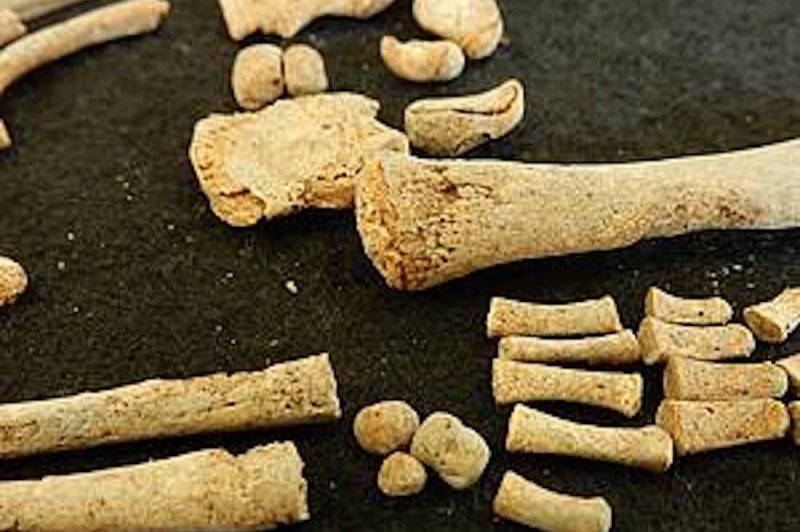June 22 (UPI) -- Scientists have successfully sequenced the genome of syphilis from colonial-era Mexico.
The bacterium Treponema pallidum features two subspecies, one that causes syphilis and a second that causes yaws. Evidence of these two diseases are indistinguishable when examining skeletal remains.















